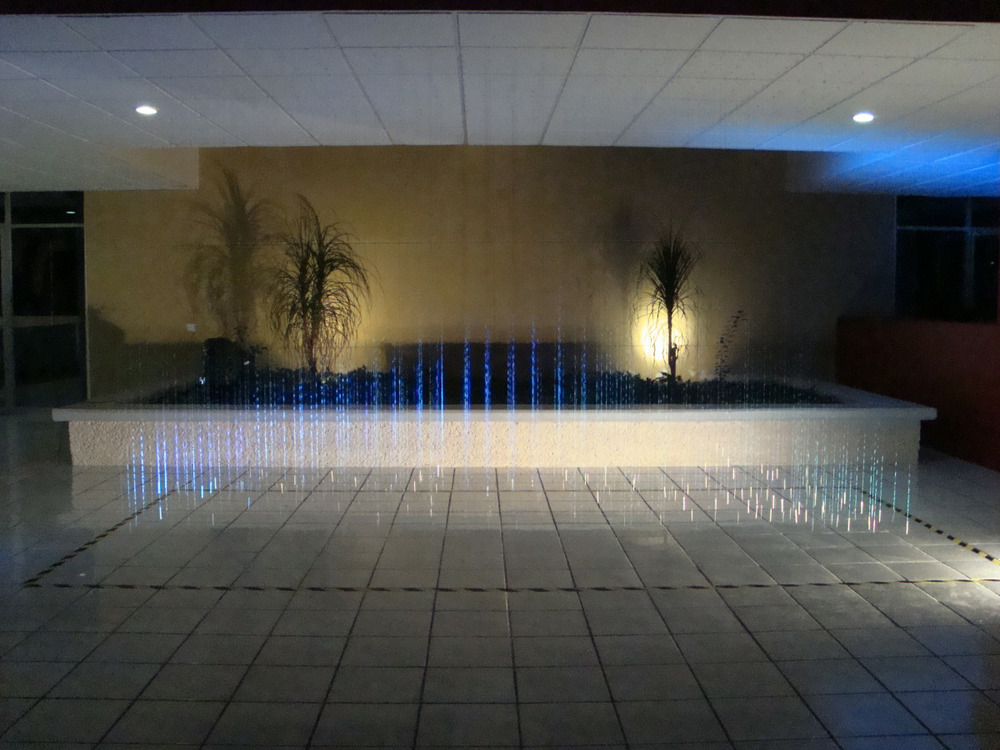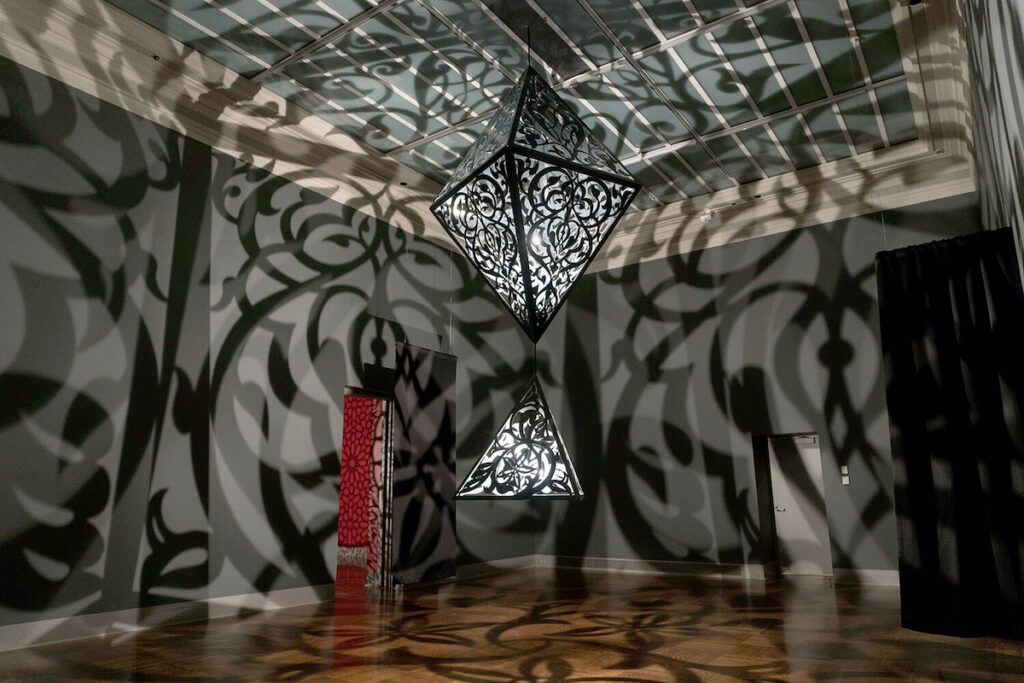Anila Quayyum Agha is an artistic powerhouse. Her decades-long career has brought her around the world, from her hometown of Lahore, Pakistan to her current studio practice in Indianapolis. Now, the Westmoreland Museum of American Art in Greensburg, PA will be exhibiting Interwoven, a retrospective of that two-decade career. Interwoven, which will run from October 6 through January 5, is one of the largest-scale exhibitions the Westmoreland has attempted in recent history. TABLE spoke both Agha and Chief Curator Jeremiah William McCarthy about what makes this show unique.
Westmoreland Museum of American Art Debuts Anila Quayyum Agha Career Retrospective
This exhibition spans two decades: How have you seen your work change over that time period? Do you have a favorite piece in Interwoven, or one that’s especially meaningful to you?
Anila Quayyum Agha: My favorite piece always tends to be the thing I’ve just made, and in this case that’s A Flood of Tears (Gathering Storms). It is also related to my past as it’s the third iteration of an old work. It reflects my growing concern with climate change. I first built the work in 2009 and showed it in Mexico with blue metallic thread. The second time I remade it with red thread, but both times I used 3-inch needles at the bottom.

At the time, I was thinking of both flooding and water rising in the oceans and how it’s affecting the colonized areas of the world and the people who live in those areas. In 2023, I decided to make a new version, adding “Gathering Storms” to the title. I increased the height of the work and the size of the needles. The 10-inch upholstery needles are metal, and I added hematite beads to suggest the extraction of natural materials from the earth. With this particular work, I looked at capitalism as something that gives us sustenance. It gives us so much food, so much opportunity—me included as an artist—and yet behind it is this hidden world of abject poverty that is connected to climate change and issues around natural resources.
How did the curatorial team work on the show’s concept?
Jeremiah William McCarthy, Chief Curator: We’ve been hard at work on this exhibition for over two years. Whereas previous presentations of Anila’s work have really focused on her light-box installations, for which she first gained critical and popular acclaim, Interwoven shows the conceptual through line between those immersive experiences and her masterful explorations in two and three dimensions. Visitors will be able to trace themes across media and her two decades of art-making. These can be ideas on belonging, climate change, access to knowledge and divine presence, or mutual solidarity.
How does this exhibition work in context with other objects in the Westmoreland Museum of American Art? What was the background behind putting this show at this specific museum?
Jeremiah William McCarthy: The Westmoreland Museum of American Art holds one of the largest art collections depicting industry, such as aluminum and steel production and coal extraction and refinement. These works were hung salon-style in one of the Museum’s most architecturally impressive permanent collection galleries for a decade.
Now we’ve given over that space to one of Anila’s most impressive installations, the 18-foot light work, The Greys in Between. Her choice of steel as the material for this work not only speaks directly to the heritage of this area, but also expands our visual vocabulary. It’s also a work about being in-between, about what thrives in the liminal spaces. I think that says something about the word “American” in our museum’s title. America is often made by the people who fall on the margins or the limits of culture.

What do you hope people take away from Interwoven?
Anila Quayyum Agha: I hope that the legacy that I leave is going to be worthwhile. For women from my part of the world who come here, or anywhere in the world, and want to make work that is not prescribed by a recipe, I think we have to have the courage to explore not just the one story. We have to explore multiple stories that make our lives.
Story by Emma Riva / Photo courtesy of the Westmoreland Museum of American Art
Subscribe to TABLE Magazine‘s print edition.

